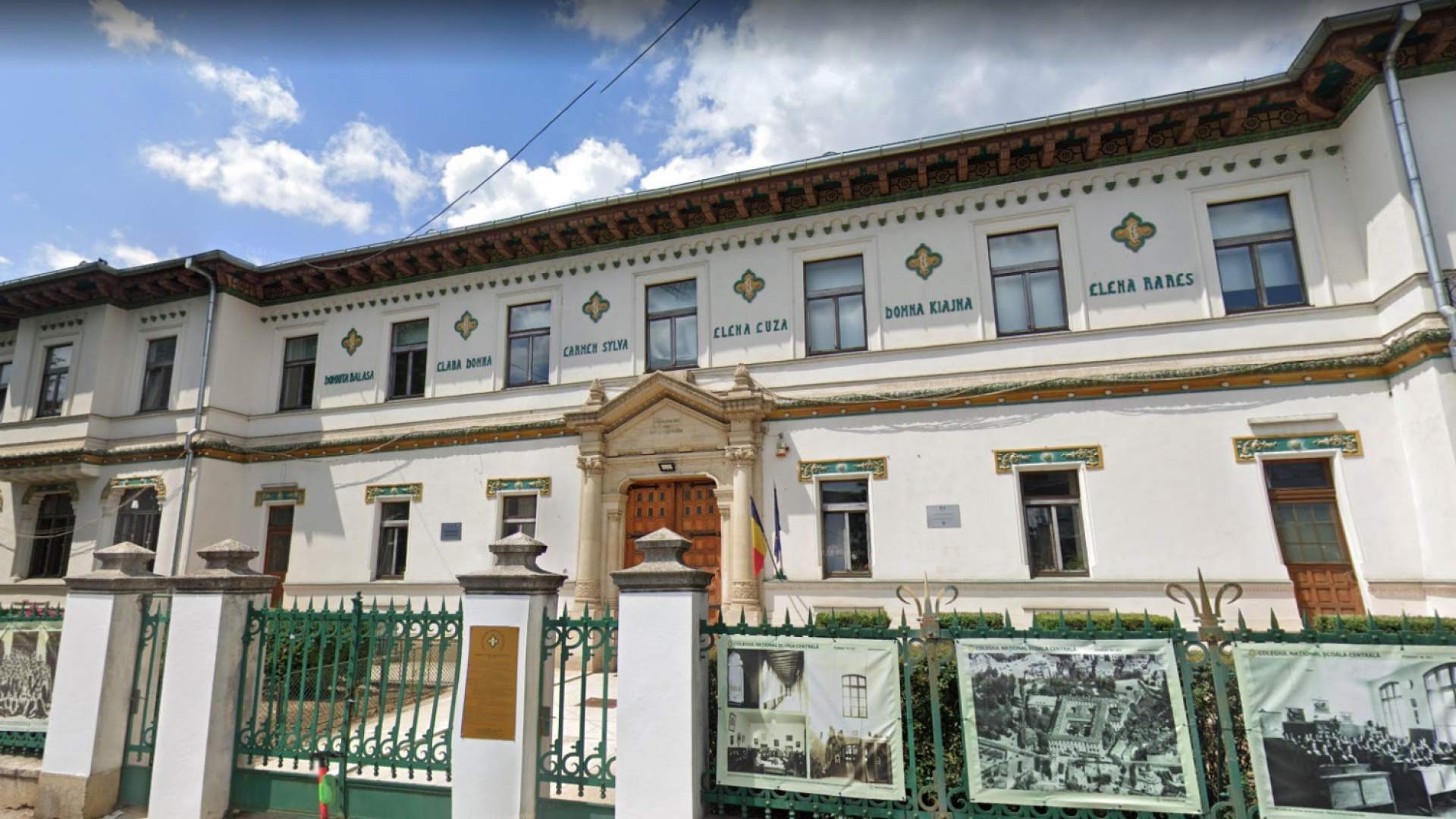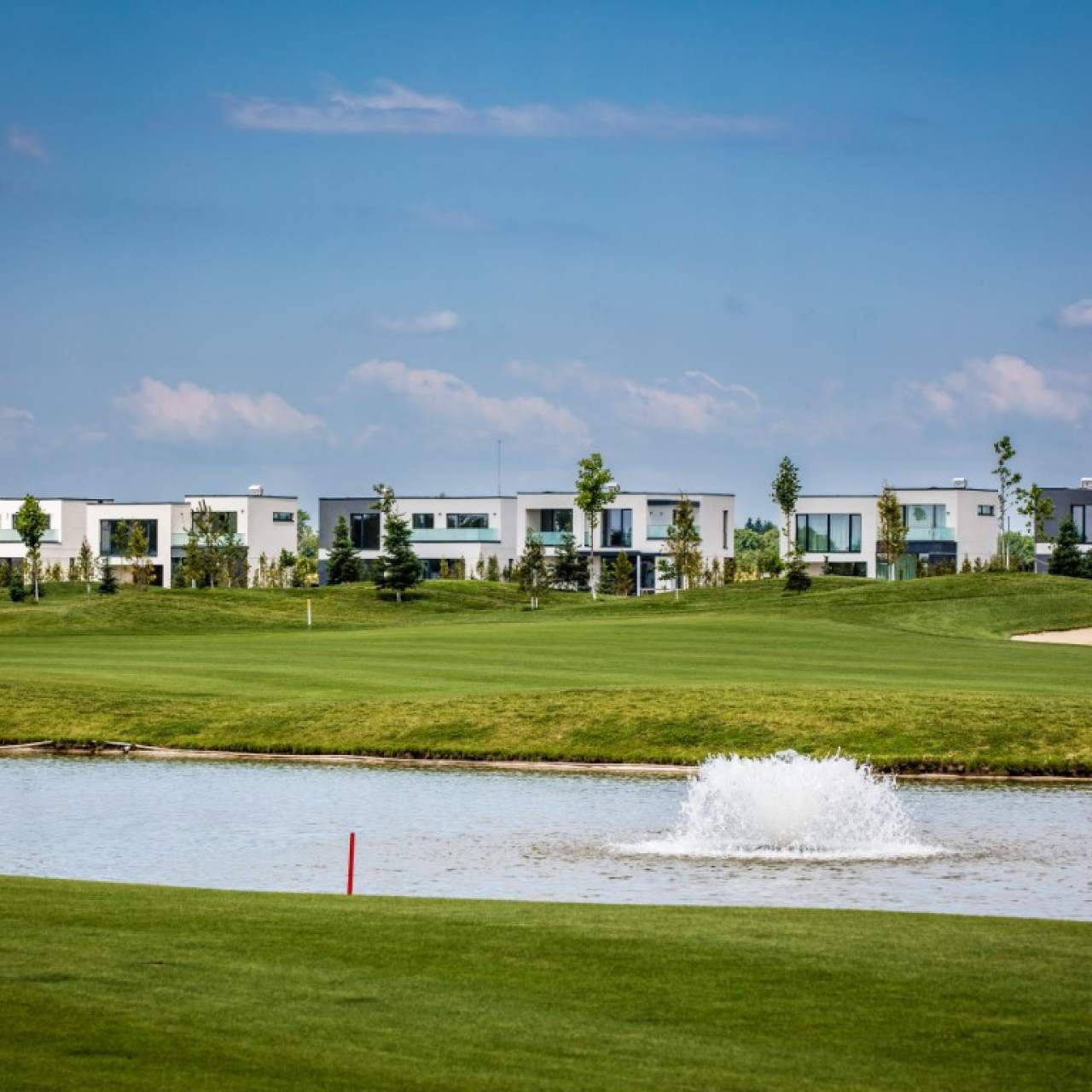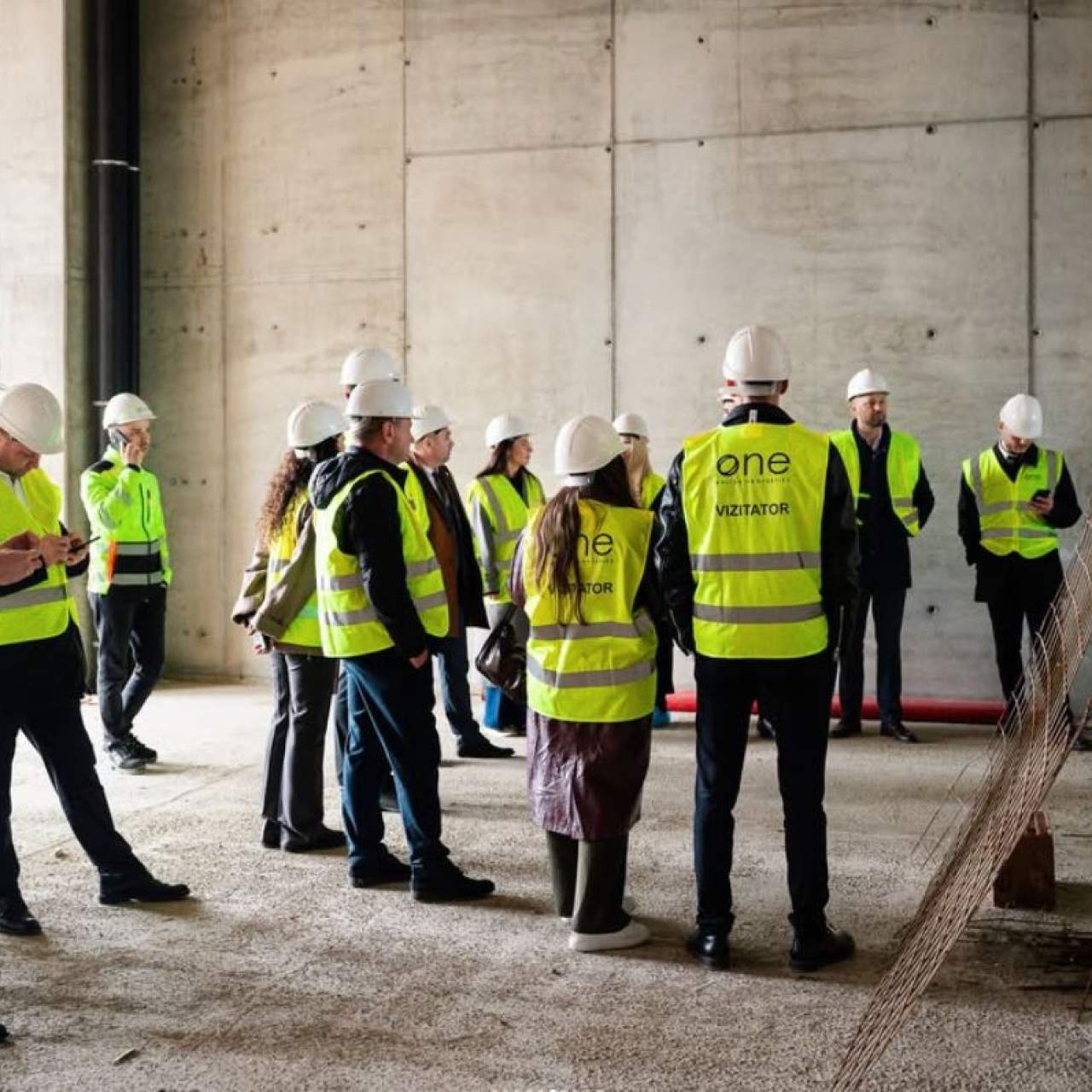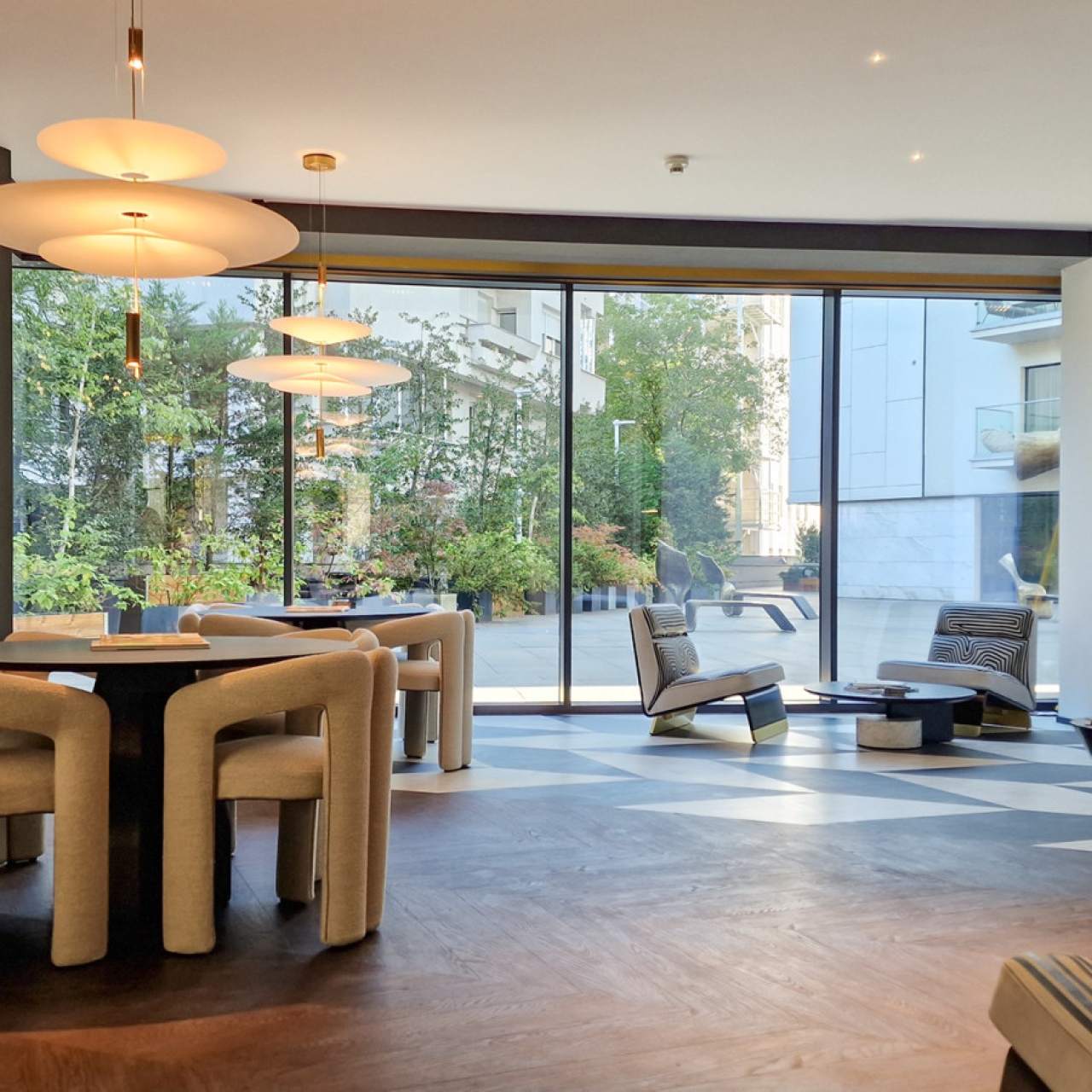
Who was Ion Mincu?
Although he was born on December 20, 1852, in Focșani, where he attended Unirea high school, the prodigious career of one of the most prominent Romanian architects, Ion Mincu, is closely linked to Bucharest. He masterfully contributed to changing the city with emblematic buildings that are preserved to this day.
Naturally, studies abroad did not miss from his training. After graduating and obtaining an engineering degree in 1875 from the National School of Bridges and Roads in Bucharest, he went to Paris. There he attended, between 1871 and 1875, the courses of the National School of Fine Arts, where he trained as an architect. Eight years later he received the prize of the Central Society of French Architects. He also studied in Spain and Constantinople, but returned to Bucharest, where he dedicated his training to his native country. Here, he contributed to the opening of the School of Romanian Architects, inaugurated in 1891, and was actively involved in both the academic and the political environment. He was, among other things, a professor at the Superior School of Architecture, a deputy, and for nine years between 1903-1912, he held the position of president of the Society of Romanian Architects.
Ion Mincu is known as and often called a promoter of the neo-Romanian architectural style, which he integrated into projects such as Casa Lahovari, the Central Girls' School, and Casa Doina restaurant (formerly the Roadside Buffet) in Bucharest.
He also had a prolific activity in restoration, contributing to improvements made on landmark buildings, such as the Monteoru House on Calea Victoriei, the Manolescu-Vitzu House, the Stavropoleos Church in Bucharest, but also in design and decorations – he signed the interior decoration of the Palace of Justice in Bucharest.
In other parts of the country, important buildings bear his signature: for example, the Palace of the Commercial Bank, completed by C. Iotzu, in Craiova, the Administrative Palace and Robescu House in Galați, Vila Robescu, property of the general Robescu, in Sinaia, and Saints Peter and Paul Cathedral in Constanța.
The house where the architect lived in Bucharest is located at the intersection of Arthur Verona and Pitar Moș streets. The L-shaped building belonged to the architect Gaetano Burelli, who sold it to him in 1890. Although it was already completed, the new owner left his mark on the house, from the interior to the facades and outbuildings, adding elements used in the other buildings he had designed in Bucharest.
He was married to Eliza Dascălescu, and they had two daughters. Another important personality, a relative of the beloved architect, was his nephew, the writer Duiliu Zamfirescu.
Ion Mincu died on December 6, 1912, in Bucharest. After his death, the neo-Romanian style was carried forward by other prominent architects, who were also his disciples, among them Grigore Cerchez and Petre Antonescu. In 1953, in honour of his efforts to innovate and develop Romanian architecture, the University of Architecture and Urbanism took over the name of Ion Mincu, and more recently, in 2012, the Romanian Academy awarded him posthumously the title of member of the institution.
Data for this article was obtained from agerpres.ro, historia.ro, identitatea.ro și wikipedia.org.
Inspired by the article?
Explore apartments in neighborhoods worth discovering:


